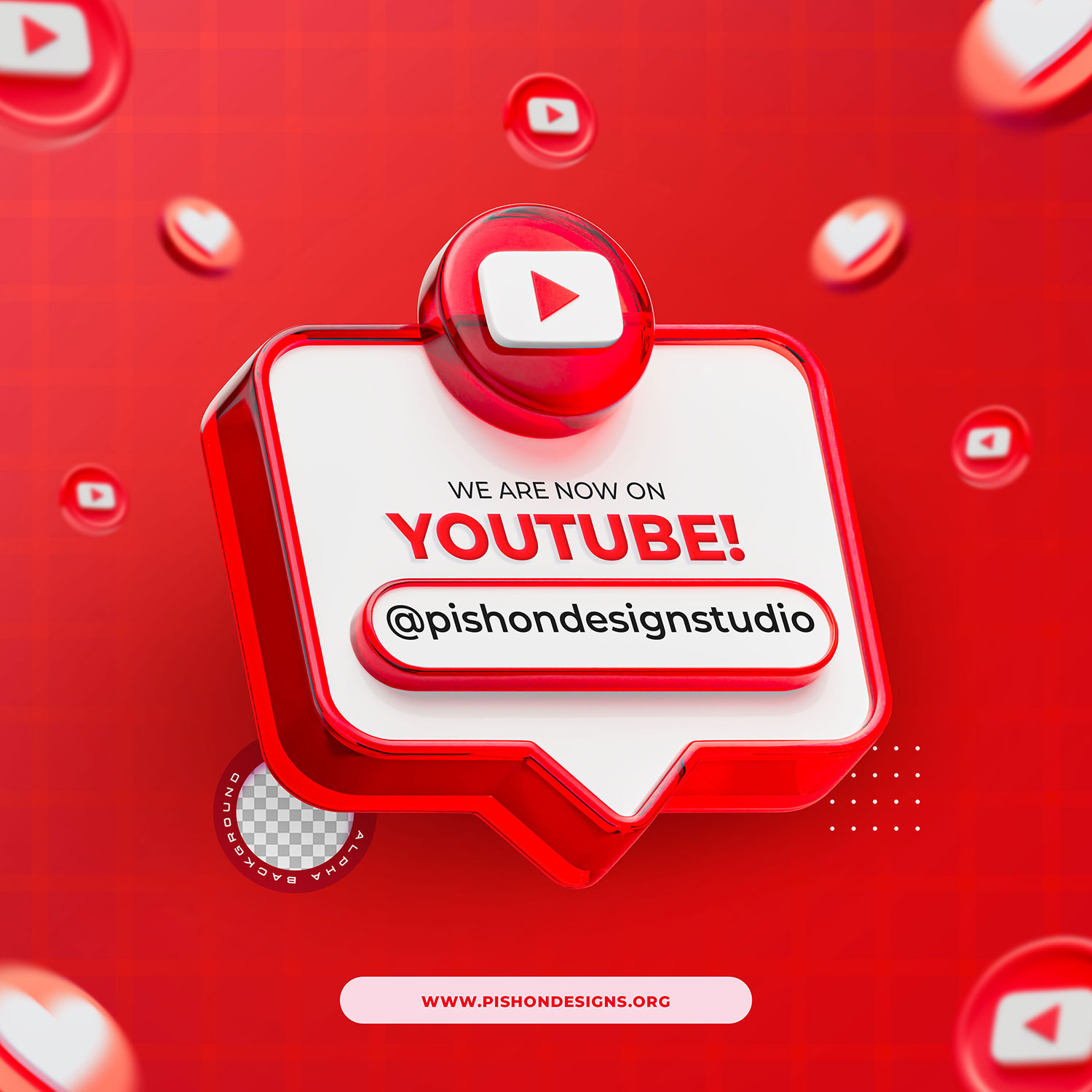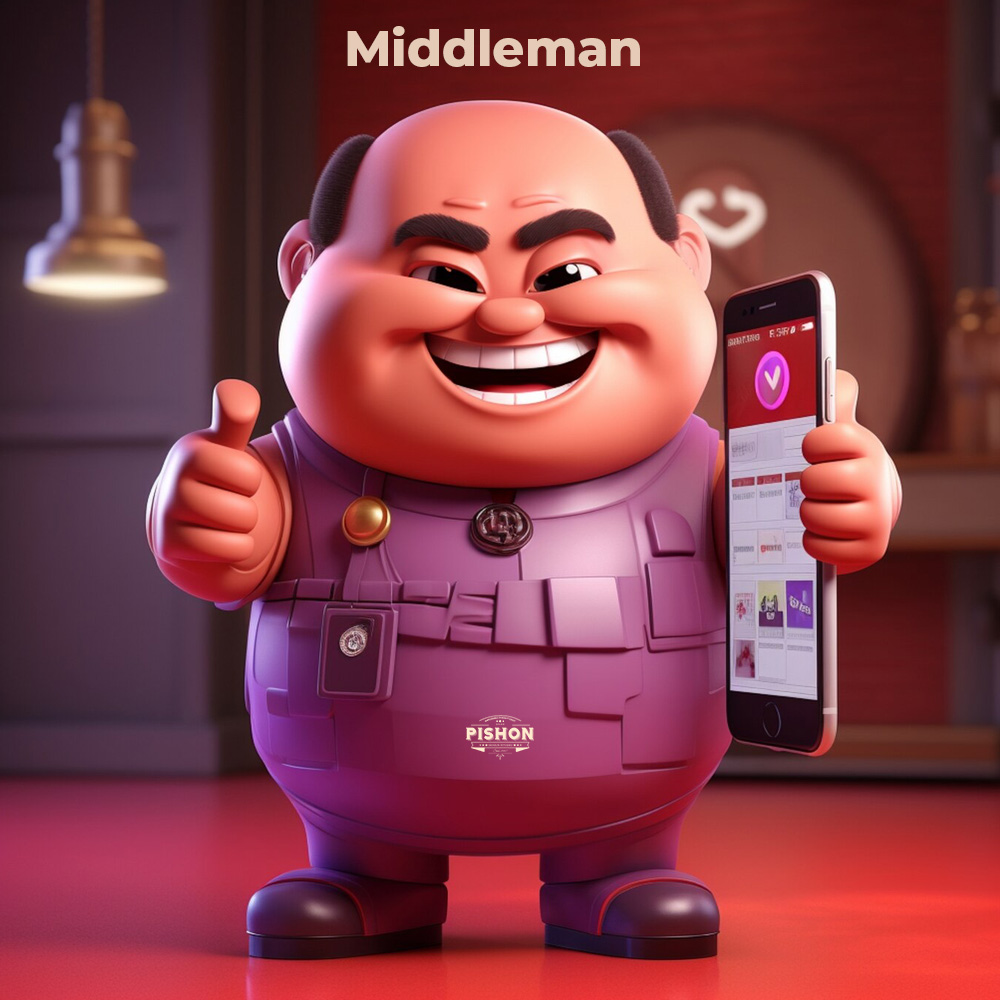Is your website not getting the results you wanted when you got it designed? In the dynamic landscape of the internet, a website serves as the virtual storefront for businesses and individuals alike.
However, the disappointment of not seeing desired results from your website can be disheartening. If your site isn’t performing as expected, there could be several reasons behind its underwhelming performance.
1. Not having a defined reason/goal for building the website in the first place.

Why did you get a website? There are many reasons people build websites, and that determines the goal for the website. Ads? Blogging? Sales? Business? How will you meet these goals? Building a website is JUST the first step. Some people just want one as a business card online. All reasons are valid. But know the WHY.
For example, this is a company website, with a tech blog, which you’re reading at the moment. The vision FIRST, is to get you to know about us, and be confident to want to work with us. THEN, we want to educate you with this blog, which means visibility and high traffic. Get it?
2. Slow Page Load Times

One of the primary reasons for a lackluster website performance is slow page loading. Ask your web designer to optimize images, enable browser caching, and compress files to reduce load times.
Users today have short attention spans, and if your website takes too long to load, they might abandon it.
3. Poor Search Engine Optimization (SEO)
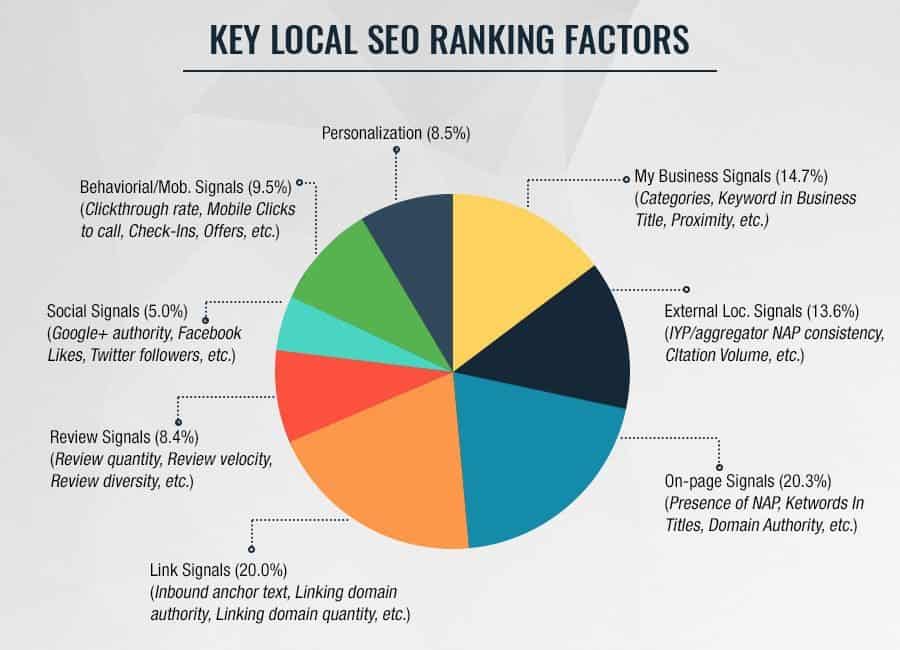
A website that doesn’t rank well on search engines is likely to miss out on organic traffic. Ensure that your website is optimized for search engines by using relevant keywords, creating quality content, and having a mobile-friendly design.
4. Unappealing Design
First impressions matter. If your website has an outdated or unattractive design, users might bounce away quickly. Invest in a clean, modern design that aligns with your brand and provides a positive user experience.
5. Lack of Clear Call-to-Action (CTA)
Visitors need guidance on what to do next.
If your website lacks clear and compelling calls-to-action, users may not take the desired actions. Implement strategic CTAs that encourage users to engage, whether it’s making a purchase, signing up, or contacting you.
6. Inadequate Content
Content is king, and if your website lacks informative and engaging content, it won’t capture and retain your audience. Regularly update your content, ensuring it is relevant, valuable, and addresses your audience’s needs.
7. Mobile Compatibility Issues
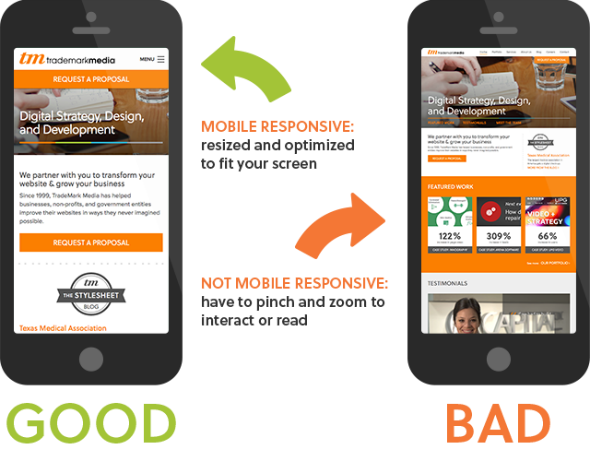 With the increasing use of mobile devices, a website must be mobile-friendly. If your site isn’t optimized for various screen sizes, you risk losing a significant portion of your audience. These are things a professional web designer should know and be able to implement without you paying more.
With the increasing use of mobile devices, a website must be mobile-friendly. If your site isn’t optimized for various screen sizes, you risk losing a significant portion of your audience. These are things a professional web designer should know and be able to implement without you paying more.
8. Technical Glitches and Errors
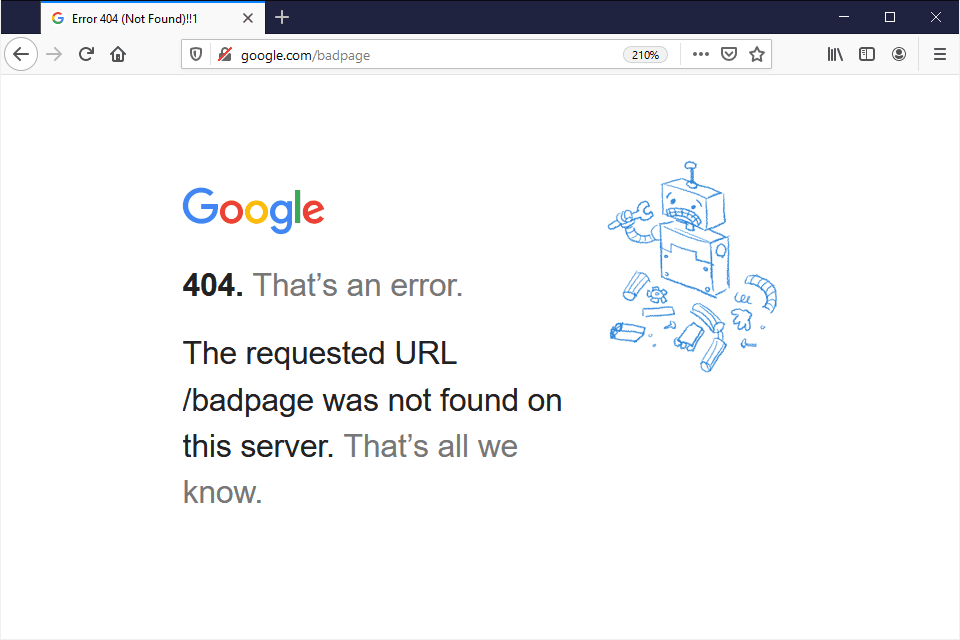
Broken links, 404 errors, or other technical issues can harm your website’s credibility. Regularly audit your site for technical glitches, ensuring a seamless user experience. You don’t even need a web designer for that. There are free websites that can check your site for broken links such as Broken Link Check.
9. Ignoring Analytics

To understand how your website is performing, use analytics tools. Analyzing user behavior, traffic sources, and conversion rates can provide valuable insights into areas that need improvement.
10. Lack of Social Media Presence

In today’s interconnected world, social media plays a crucial role in driving traffic. If your website is not integrated with social media tactics like reels, tiktok and general tech savvy tactics, or even lacks a presence on popular platforms, you might be missing out on a significant audience.
11. Insufficient Marketing Efforts
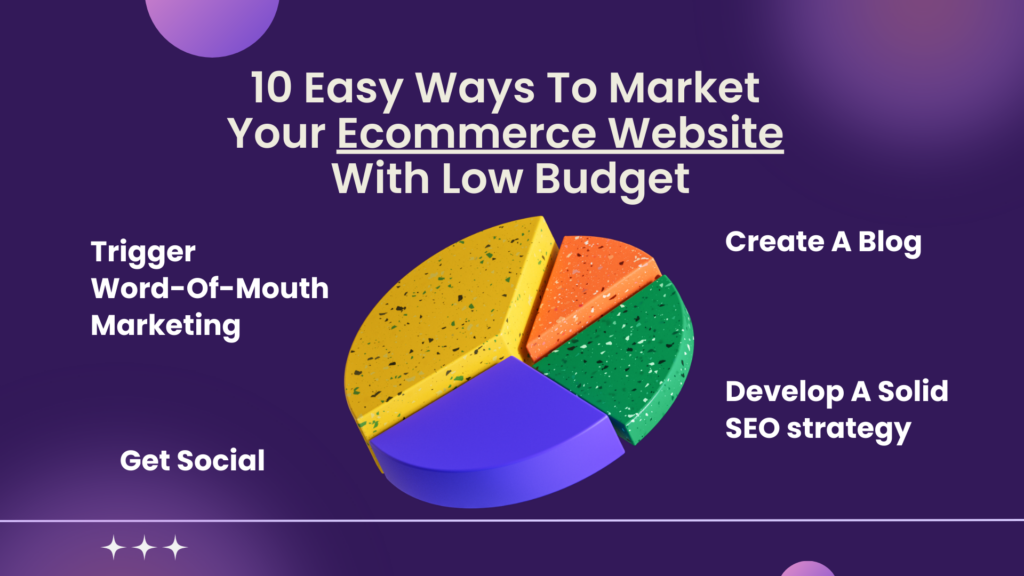
Building a website is only the first step. If you’re not actively promoting it through various channels, such as social media, email marketing, or online advertising, your target audience may not be aware of its existence.
Why do People Build Websites?
People build websites for a variety of reasons. Here are some common motivations for building websites:
- Online Presence/Personal branding: Establishing an online presence is a primary reason for building a website. Whether you’re an individual, business, or organization, a website serves as a digital storefront or a virtual identity on the internet.
- Business and E-Commerce: Many businesses create websites to showcase their products or services
- Information Sharing: Websites are excellent platforms for sharing information. This could include educational content, tutorials, news articles, or any other form of valuable information that the website owner wants to disseminate.
- Blogging and Content Creation: Individuals and companies often create websites to publish and share content. Bloggers, writers, and content creators use websites as a platform to express their ideas, share their expertise, and engage with their audience. Like this one.
- Portfolio and Resumes: Artists, designers, writers, and professionals from various fields use websites to showcase their portfolios and resumes. It provides a centralized location for potential clients or employers to review their work and experience.
- Community Building: Websites can serve as platforms to build communities around shared interests. Forums, social networks, and other community-focused websites provide spaces for people to connect, share, and discuss common passions.
- Nonprofit and Advocacy: Nonprofit organizations and advocacy groups use websites to raise awareness about their causes, share information, and encourage people to support their initiatives through donations or volunteer work.
- Event Promotion: Websites are often created to promote and provide information about events like conferences, concerts, weddings, and registrations.
- Educational Platforms: Educational institutions and online learning platforms use websites to provide courses, resources, and information to students – think Ulesson, etc
How do you get results with your website?
Now that we know why you built your website and your website probably isn’t doing well, let’s see if we can get results.
1. Define Clear Objectives:

Take a piece of paper. Your iPad. Notepad. Anything. Clearly outline the goals and objectives of your website.
Determine what specific results you want to achieve, such as increased traffic, higher conversion rates, or enhanced brand visibility.
2. Understand Your Audience:

Next, Identify and understand your target audience. Knowing your audience’s needs, preferences, and behaviors allows you to tailor your content and user experience to better meet their expectations. How will you know this? You already know who your ideal customer is. For example, at Pishon Design Studio, our ideal audience are business owners, private individuals, etc.
3. Optimize for Search Engines (SEO):
Implement SEO best practices to improve your website’s visibility on search engines. This includes optimizing content with relevant keywords, creating a sitemap, and obtaining backlinks from reputable sources. See this article for ranking high on search engines.
4. Create High-Quality Content:
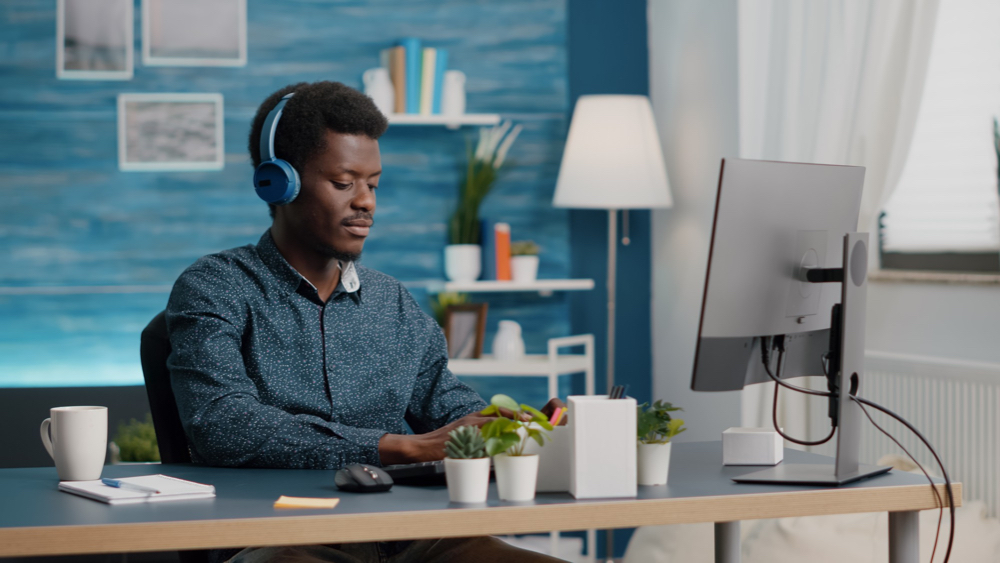
Develop valuable, relevant, and engaging content that resonates with your audience. Regularly update your content to keep it fresh and align it with your audience’s evolving needs. Duh.
5. Effective Calls-to-Action (CTAs):

Clearly define and place strategic calls-to-action (CTAs) throughout your website. Encourage users to take specific actions, such as making a purchase, filling out a form, or subscribing to a newsletter. Look around this article. Can you point out our clear CTA?
6. Implement Analytics:

Use website analytics tools to track and analyze user behavior. Understand where your traffic is coming from, which pages are most popular, and how users interact with your site. This data can guide your optimization efforts.
7. Regular Updates and Maintenance:

Keep your website up to date with fresh content, security updates, and improvements. Regularly check for broken links, update plugins, and ensure that your site functions smoothly. As stated above, there are free websites that can check your site for broken links such as Broken Link Check.
8. Paid Advertising:
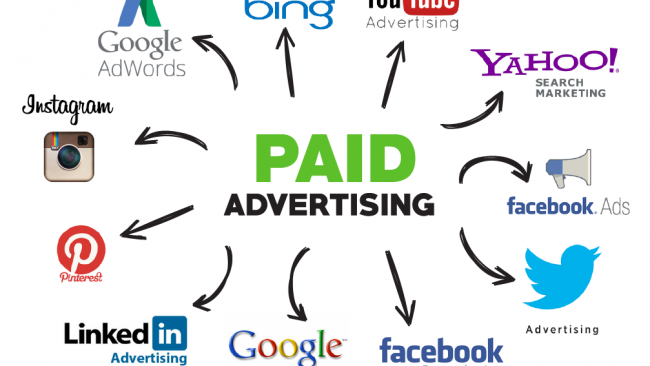 Consider using paid advertising, such as Google Ads or social media ads, to boost your website’s visibility and attract targeted traffic. Set a budget and carefully target your ads to reach your ideal audience.
Consider using paid advertising, such as Google Ads or social media ads, to boost your website’s visibility and attract targeted traffic. Set a budget and carefully target your ads to reach your ideal audience.
‘Nuff said.
Hope this helps.
Zee.
Related reading:
- 10 reasons you still need a website in 2024?
- 5 Sure Ways to Rank High on Search Engines
- 10 Ways to Secure Your WordPress Website




